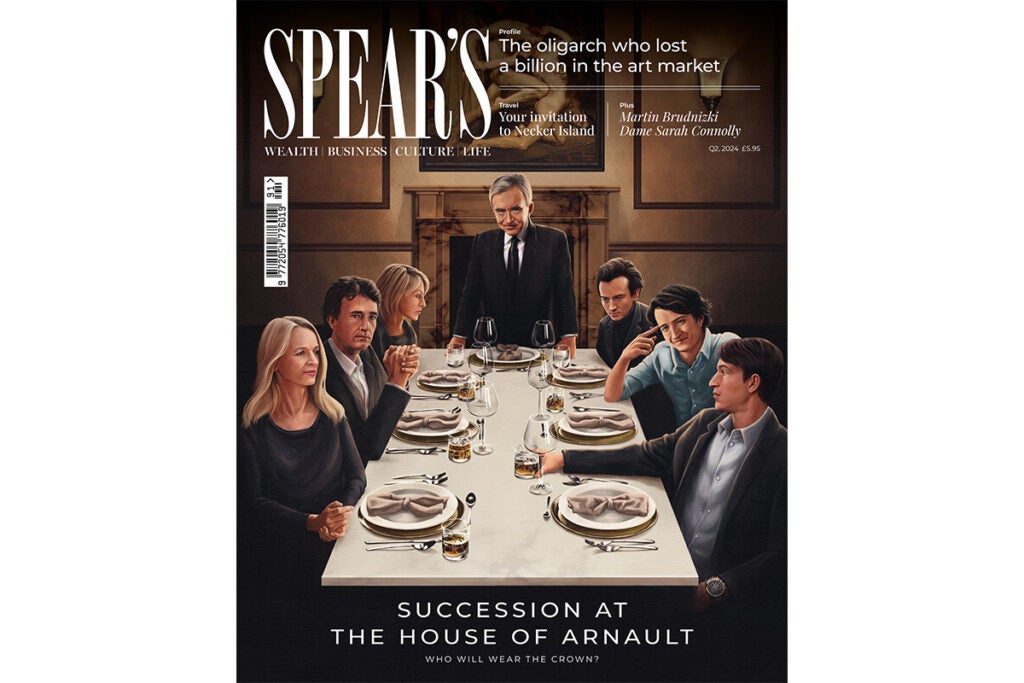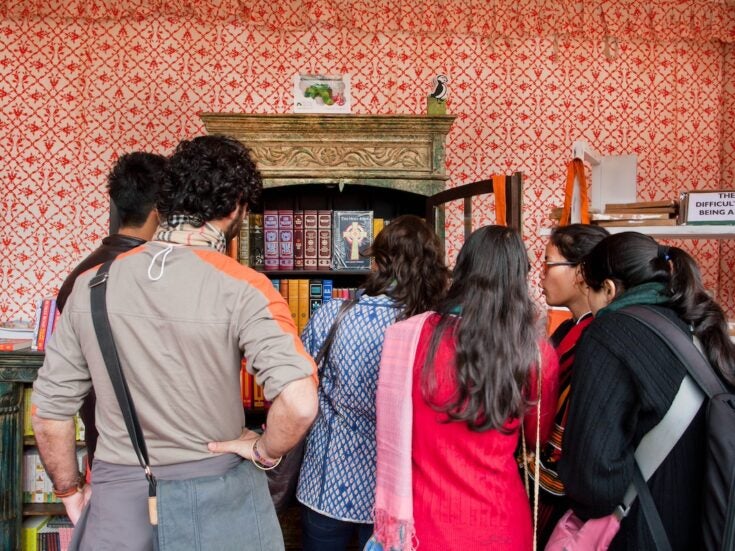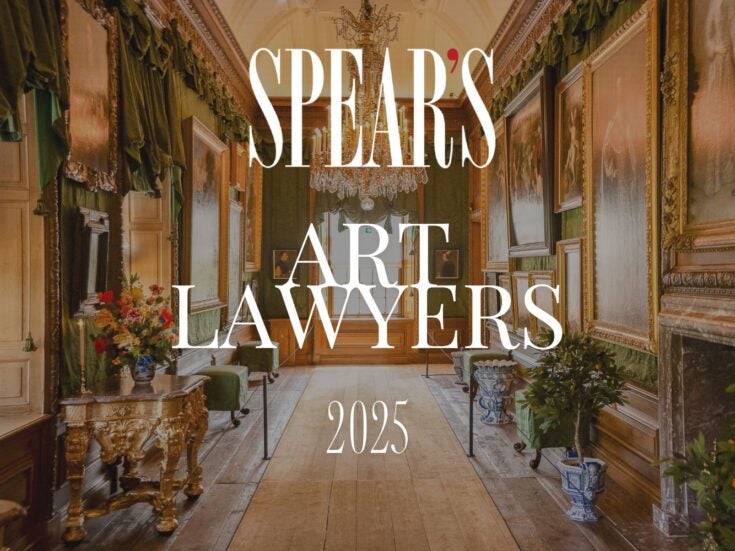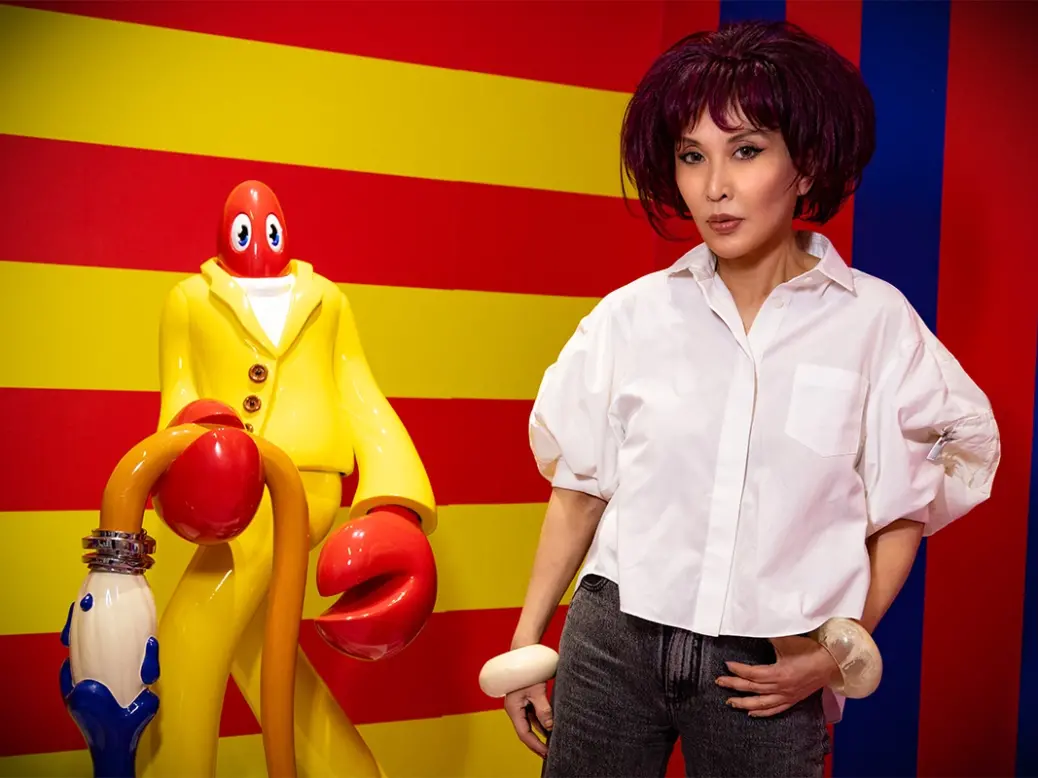
Art transcends race, passport and gender. But now it seems like the most fashionable thing is for an artist to be female, coloured and dead. It’s taken a long time for people to talk about diversity in the art world. The problem is that people only ever talk about embracing diversity. We need to talk about celebrating diversity and differences between cultures.
To understand art, one must understand culture. I remember starting my career in 1993 and travelling to Shanghai from my home in Hong Kong. The artists there spoke about art in a way I was completely unfamiliar with, throwing around words like Daoism, Buddhism and Confucius. I said: ‘These philosophies are thousands of years old. How is this contemporary art?’
[See also: The dark art of the deal: the oligarch who lost a billion in the art market]
After some time I realised that these philosophies continue to define Chinese daily life. It was a lightbulb moment, reminding me why art will always remain relevant: it acts as a bridge between cultures, a tangible way to counteract homogeneity.
Finding a passion
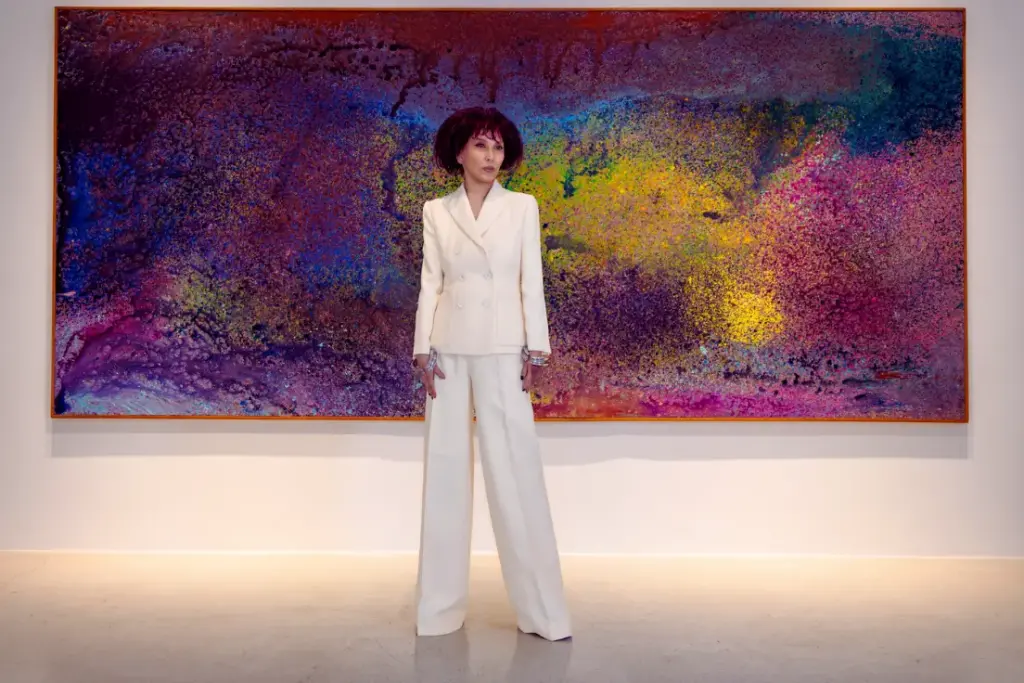
When I look back on my childhood in Hong Kong, I realise how little I knew about China. At the time it felt like nothing more than a distant relative. My father, a property developer and real estate tycoon, was adamant that I begin my career in Shanghai building high-rises. It undoubtedly would have been very lucrative, but at the time I didn’t know what I wanted to do.
[See also: UK art market falls behind China amid global dip in sales]
That’s how I stumbled across art. It made me feel alive, not like a living zombie. I started with pop-up exhibitions in Hong Kong before opening a permanent gallery in 2005. It cemented my place in the industry as I was among the first to give a platform to Chinese abstract art.
The show was curated by Gao Minglu, a Chinese contemporary art scholar. He was passionate about meeting art critics and curators to spread the word of Chinese art to the West. One day he turned to me and said: ‘I’m too old and have no energy any more. But you’re a fighter, Pearl. You can do this for me.’
East meets West
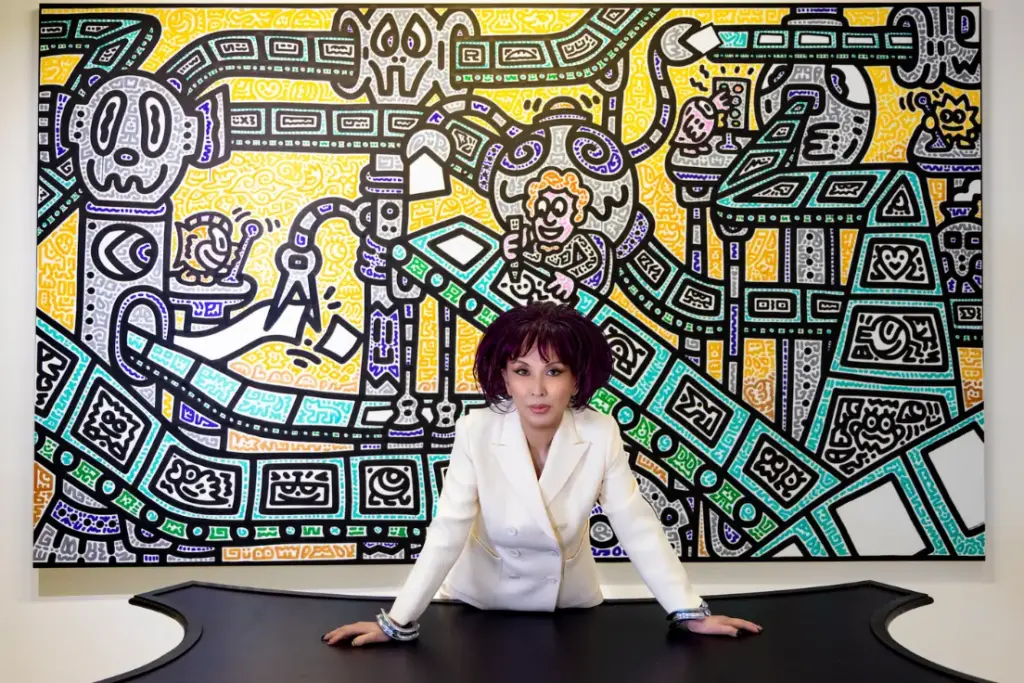
I first gained popularity in France after a French consulate general visited my pop-up show in Hong Kong. Since then, Chinese contemporary art has grown in popularity, but the market is suffering right now. When the West talks about Chinese art, they’re predominantly talking about American-born Chinese artists. We’re still working on spreading the word about Chinese art embedded in culture and philosophy, but it’s not fashionable and will take time to pick up.
[See also: Outstanding art advisers for high-net-worth individuals]
Shifting sands
The Asian market is growing, but the balance of power remains tilted to the West. The format of museums and art galleries is established by the West, the most prominent art fairs are in Europe and the largest market is in America. In Asia, it’s in vogue to talk about Western art, and buyers follow the trends Americans set. For instance, African contemporary art is taking off across the USA so Asian buyers have followed suit. Is this pattern likely to change?
Possibly, but it’s all about confidence. When the Asian market gains this confidence, they’ll realise they don’t need to follow; they can lead.
This feature was originally published in Spear’s Magazine: Issue 91. Click here to subscribe
